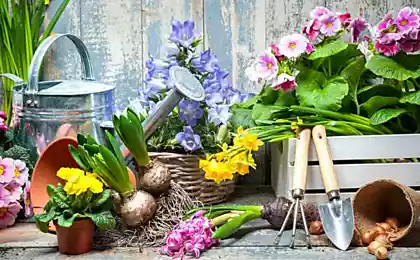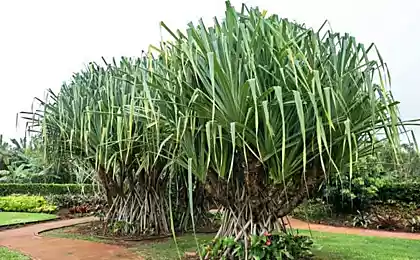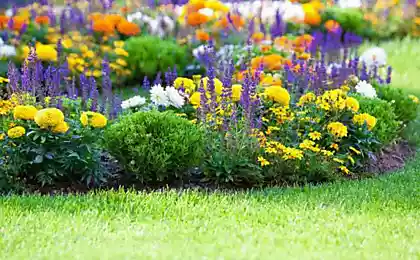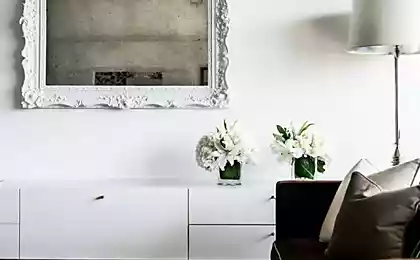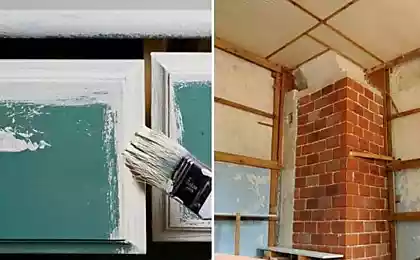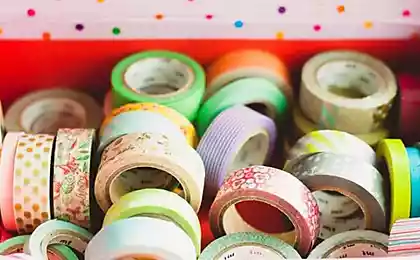166
How to make a cokedam by yourself
Recently discovered a special kind of houseplants - kokedama. This is a kind of bonsai art, which originated in Japan, and now kokedam is insanely popular in our country. If you think about it, they are very similar to bonsai, only the trouble is less and much easier to do. It can take years to grow a bonsai tree, and it only takes a couple of hours to make a kokedama.

DepositPhotos
Today's edition. "Site" It will tell you what a kokedama is, how to make it and How to take care of an unusual houseplant.
Decorative houseplants In the literal translation of "kokedama" is a ball of moss. Actually, that's what he is. A ball of moss is used instead of a pot for growing plants, and it also looks beautiful and unusual. With the help of kokedama, you can not only decorate the interior, but also surprise friends with a very original composition of plants. Interested? Then follow the instructions and do it.
Materials required
If you can get everything you need, it’s time to get to work. Below will be a video, but for now we will understand how and what to do. Prepare the materials first. Green moss dip into settled water at room temperature, wash well, transfer it to a glass jar and seal it with a lid.
Soil akadamu or prepared soil urine for a day in settled water. Two hours before the creation of the kokedama, drain the water and let it dry. Moss sphagnum crushed, then also soaked in a separate container. It needs to be soft and plastic.

The preparations have been completed and the process can now begin. Take earthen mixture or akadam, riding peat, clay in a ratio of 3:3:2 and mix gently. All this is mixed until the consistency of a steep dough is obtained by adding water in the right amount. Then a ball is formed from the mixture.
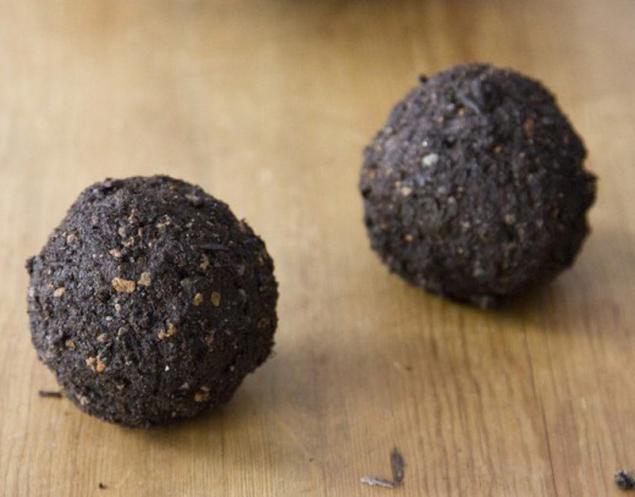
The plant is removed from the pot, carefully release its roots. Moisten with water the prepared ball from the ground and carefully braid the roots of the plant. Now take the sphagnum, slightly squeeze the water out of it and apply it over the earth ball, trying to cover the entire surface.
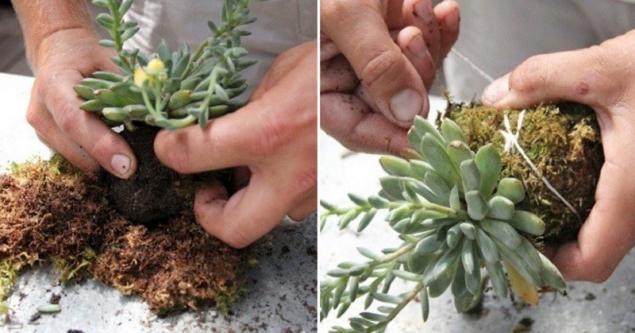
With the help of a thread, gently fasten the sphagnum on all sides. Make sure that the roots of the plant are completely covered with a layer of sphagnum. Then install the entire structure on a solid surface. Above the ball is coated with green moss and fasten it with a fishing line or wire. You can not hide the line, because the moss will grow and hide it.
After the green moss is fixed, the finished kokedama is immersed in a container of water, leaving only the stem of the plant outside. After 20-30 minutes, you can get the ball, slightly squeeze it and install it on the pallet.

Often with the help of threads, the kokedamu is suspended from the ceiling. It looks amazing! You can also create a mini-garden on a table or windowsill using decorative stands. You can place the kokedama in a transparent vase or aquarium. It all depends on your imagination. Well, houseplant It can decorate any interior!
In the care of kokedam quite unpretentious. Like any houseplant, kokedama needs sunlight, watering and fertilizing. The plant should not be placed under direct sunlight, because then the moss will begin to turn yellow. Watering kokedama should be done once every 5-7 days, and spraying with water at least every other day. This will help the moss retain moisture and freshness.
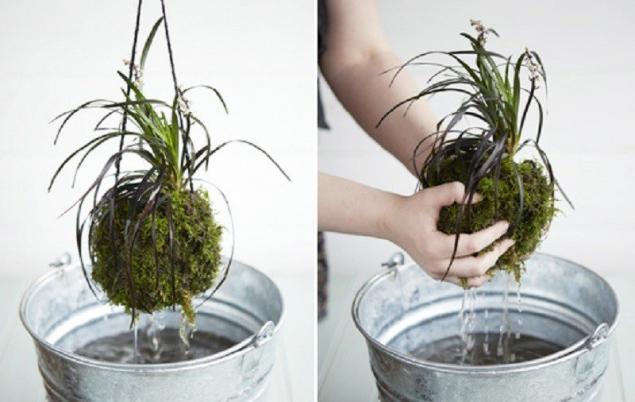
The watering of plants is the same as that of orchids. Just dip the ball in the water for 15-20 minutes, then slightly press and put it back in place. Feeding occurs in the same way, using liquid fertilizers. In principle, this is all the care that Kokedam requires.
In this video you will be able to see how Kokedama is made.
about:blank
With proper care, the kokedama will long please the eye with beauty. Masters manage to make it from any plants, even as whimsical as orchids. These small balls are able to decorate the interior, make the house more comfortable and fill it with a real Japanese spirit. We offer you to look at the most interesting coquedams made by masters.
Coquedam for the home
We hope that these ideas will inspire you to create your own coquedam. If you still want to grow real bonsai at home, be sure to use our tips, which we wrote about earlier. Good luck with that!
Are you inspired to create a kokedama? If yes, please share the results in the comments!

DepositPhotos
Today's edition. "Site" It will tell you what a kokedama is, how to make it and How to take care of an unusual houseplant.
Decorative houseplants In the literal translation of "kokedama" is a ball of moss. Actually, that's what he is. A ball of moss is used instead of a pot for growing plants, and it also looks beautiful and unusual. With the help of kokedama, you can not only decorate the interior, but also surprise friends with a very original composition of plants. Interested? Then follow the instructions and do it.
Materials required
- plant
We have already found that kokedama is a kind of pot substitute for houseplants. So you're gonna need any home pot to make it into a kokedama. It is worth starting with unpretentious plants like succulents, spatiphyllum or ivy. The main thing is that the plant is young and healthy. When you gain experience in making cokedas, you can experiment with plants more whimsical. Many grow orchids and even citrus trees.
- Soil.
To create a kokedama, a special soil for bonsai - akadam is used. It is a traditional substrate containing clay and peat. It is difficult to find such soil in our spaces, except in specialized stores or on the Internet. For the first experiment, you can try to make your own mixture of garden earth and peat. If you make the soil yourself, then try to select it for the type of plant, and also make sure that the earthen lump does not decay. Properly selected soil can extend the life of the plant.
- Moss
Ordinary moss sphagnum from flower shops will do. You can, of course, go to the forest and collect yourself, but so great is the risk of infecting the plant with fungus. The advantage of sphagnum is that it absorbs a large amount of moisture, and then gradually gives it to the plant. Sphagnum is able to maintain the necessary level of humidity around the plant, as well as soften the water.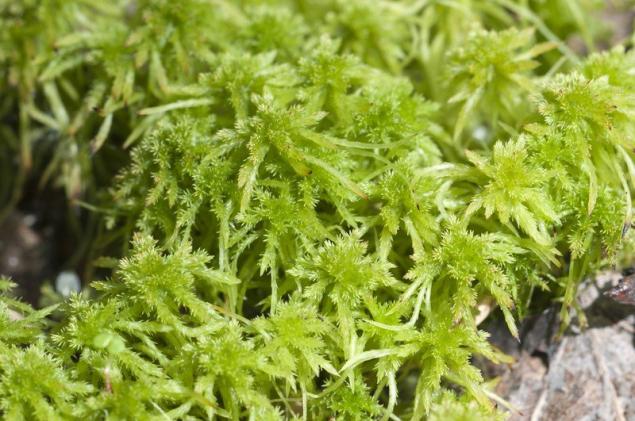
DepositPhotos - keto peat
This is a special black peat, characterized by adhesive structure. Japanese peat is difficult to get, so again show imagination. Some replace keto with a mixture of top peat and black cosmetic clay. You can also use sapropel - silt from the bottom of rivers and ponds. 749389
DepositPhotos - Green moss.
We'll need moss for decoration. You can use something else instead, but then the kokedama will lose the effect of the moss bud.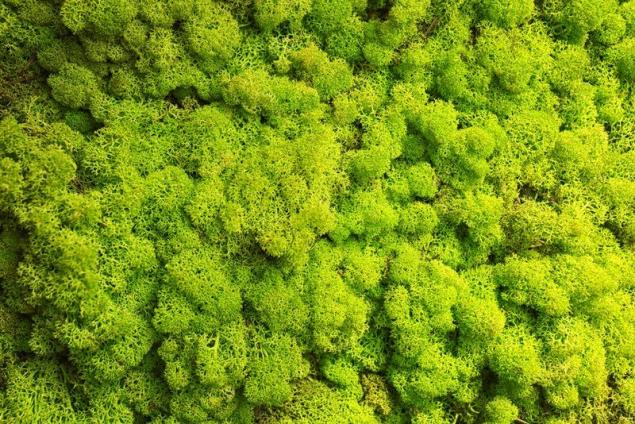
DepositPhotos - Thread
The usual cotton thread, which is needed to fix sphagnum. Over time, it will decay, but then the composition will hold the roots of the plant.
If you can get everything you need, it’s time to get to work. Below will be a video, but for now we will understand how and what to do. Prepare the materials first. Green moss dip into settled water at room temperature, wash well, transfer it to a glass jar and seal it with a lid.
Soil akadamu or prepared soil urine for a day in settled water. Two hours before the creation of the kokedama, drain the water and let it dry. Moss sphagnum crushed, then also soaked in a separate container. It needs to be soft and plastic.

The preparations have been completed and the process can now begin. Take earthen mixture or akadam, riding peat, clay in a ratio of 3:3:2 and mix gently. All this is mixed until the consistency of a steep dough is obtained by adding water in the right amount. Then a ball is formed from the mixture.

The plant is removed from the pot, carefully release its roots. Moisten with water the prepared ball from the ground and carefully braid the roots of the plant. Now take the sphagnum, slightly squeeze the water out of it and apply it over the earth ball, trying to cover the entire surface.

With the help of a thread, gently fasten the sphagnum on all sides. Make sure that the roots of the plant are completely covered with a layer of sphagnum. Then install the entire structure on a solid surface. Above the ball is coated with green moss and fasten it with a fishing line or wire. You can not hide the line, because the moss will grow and hide it.
After the green moss is fixed, the finished kokedama is immersed in a container of water, leaving only the stem of the plant outside. After 20-30 minutes, you can get the ball, slightly squeeze it and install it on the pallet.

Often with the help of threads, the kokedamu is suspended from the ceiling. It looks amazing! You can also create a mini-garden on a table or windowsill using decorative stands. You can place the kokedama in a transparent vase or aquarium. It all depends on your imagination. Well, houseplant It can decorate any interior!
In the care of kokedam quite unpretentious. Like any houseplant, kokedama needs sunlight, watering and fertilizing. The plant should not be placed under direct sunlight, because then the moss will begin to turn yellow. Watering kokedama should be done once every 5-7 days, and spraying with water at least every other day. This will help the moss retain moisture and freshness.

The watering of plants is the same as that of orchids. Just dip the ball in the water for 15-20 minutes, then slightly press and put it back in place. Feeding occurs in the same way, using liquid fertilizers. In principle, this is all the care that Kokedam requires.
In this video you will be able to see how Kokedama is made.
about:blank
With proper care, the kokedama will long please the eye with beauty. Masters manage to make it from any plants, even as whimsical as orchids. These small balls are able to decorate the interior, make the house more comfortable and fill it with a real Japanese spirit. We offer you to look at the most interesting coquedams made by masters.
Coquedam for the home
- Gentle and beautiful spatiphyllum not only fits well into the interior, but also brings happiness to the house.

- These little balls look like floating planets. Pure delight!

- Succulents are the best choice for cokedas!
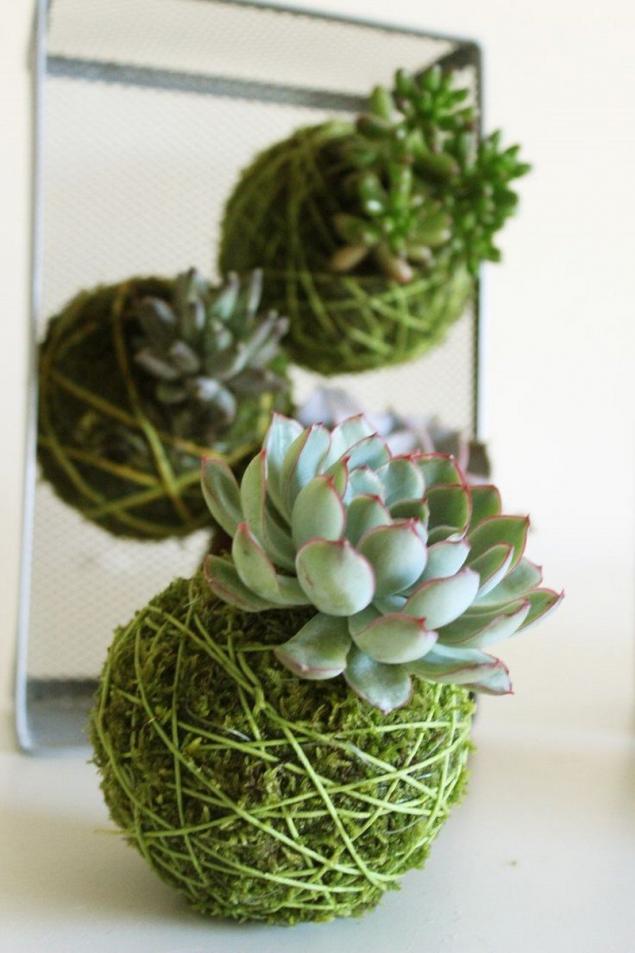
- And there's a whole composition here.

- Kokedama can even be made from roses.
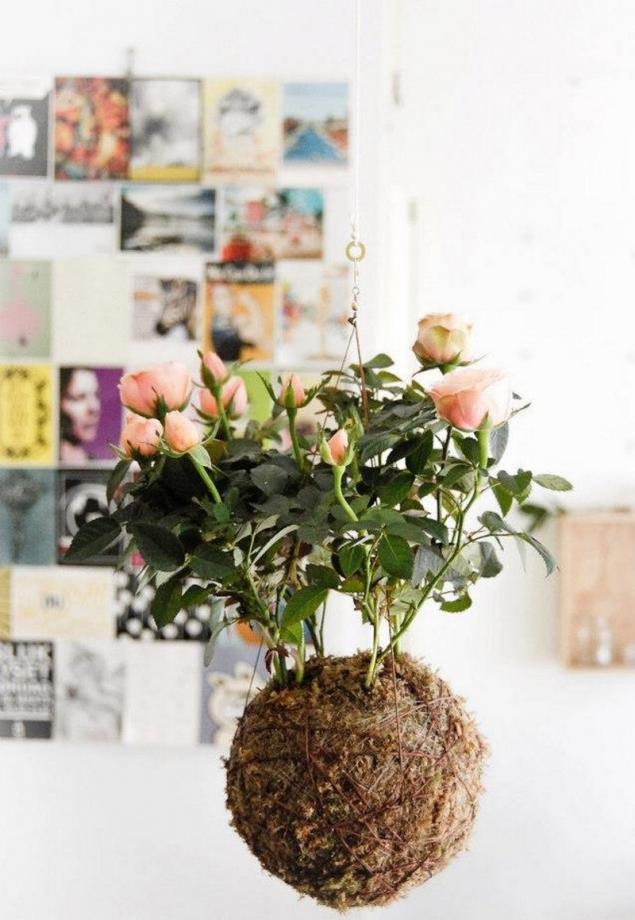
We hope that these ideas will inspire you to create your own coquedam. If you still want to grow real bonsai at home, be sure to use our tips, which we wrote about earlier. Good luck with that!
Are you inspired to create a kokedama? If yes, please share the results in the comments!

















